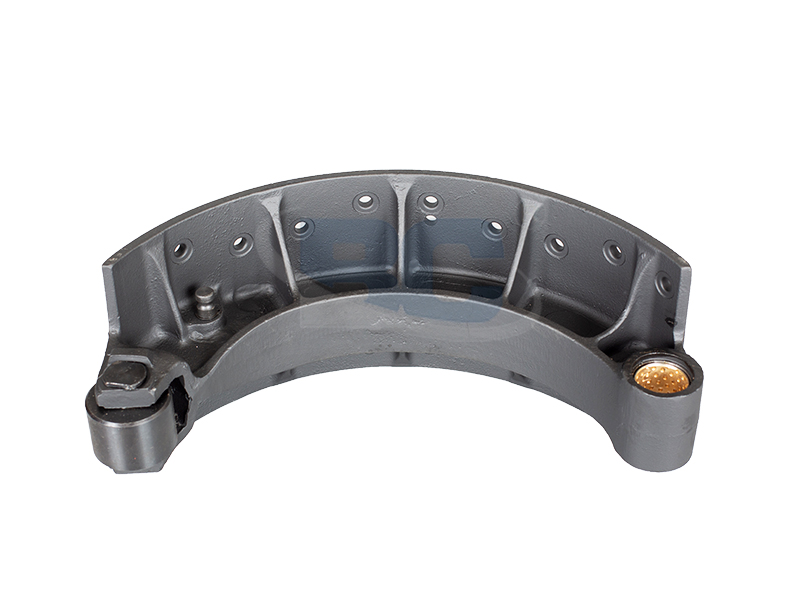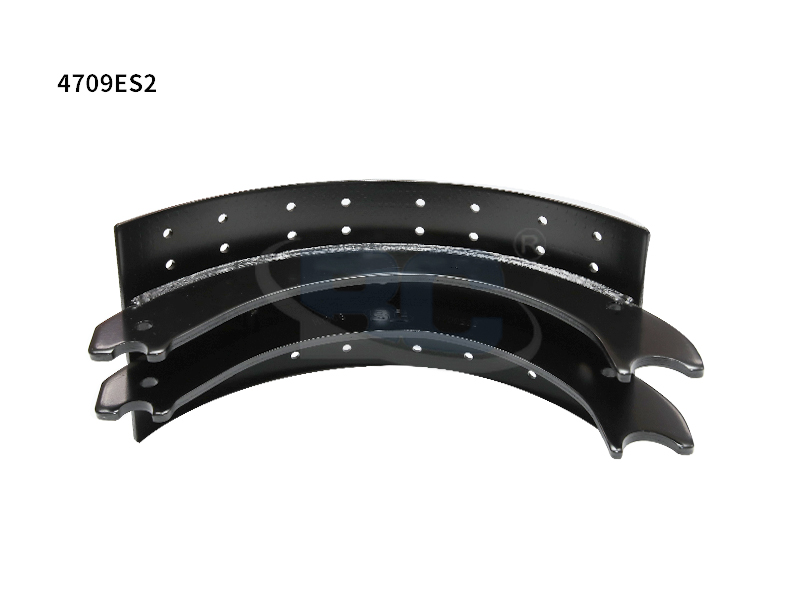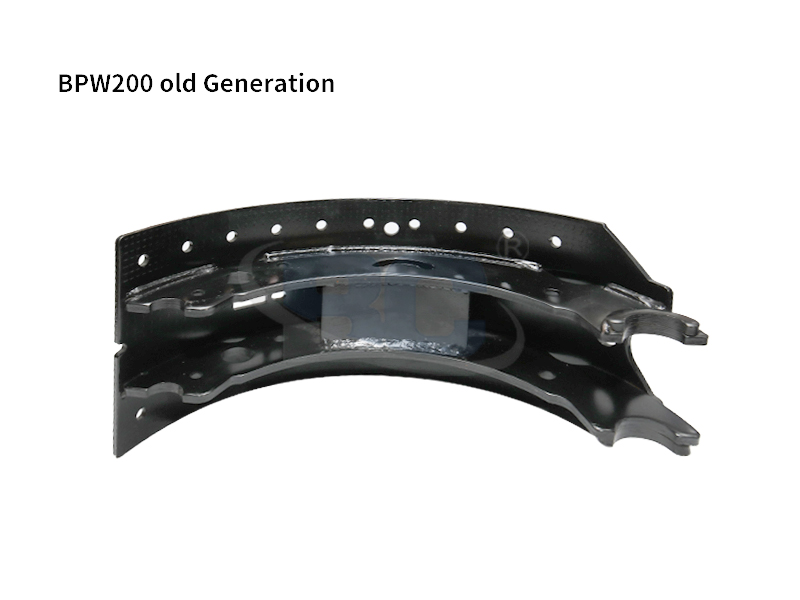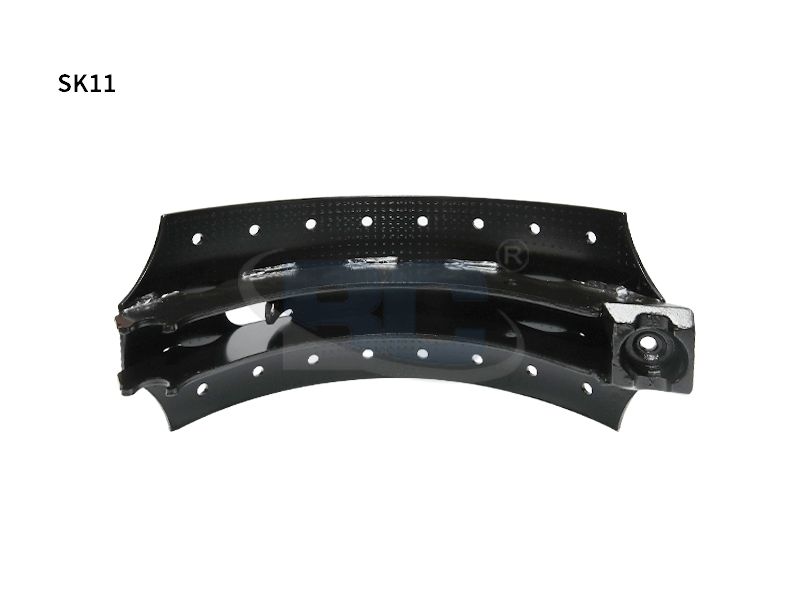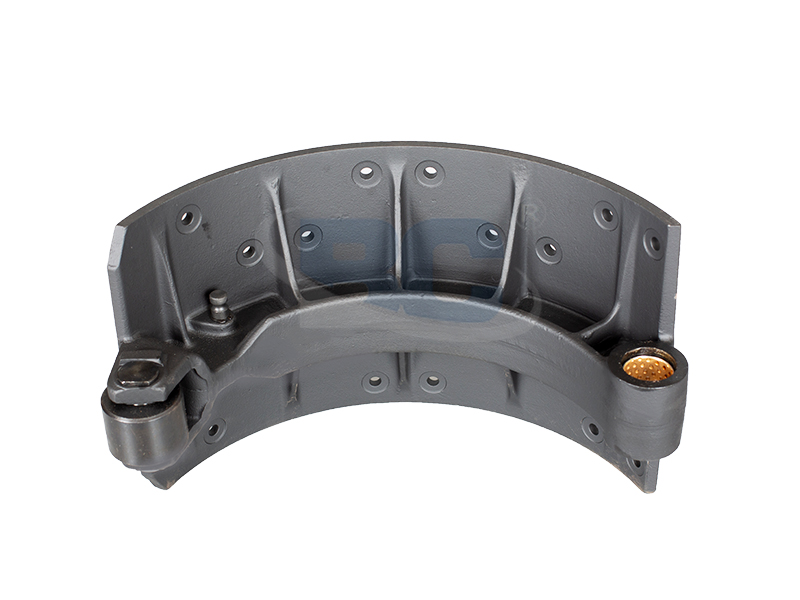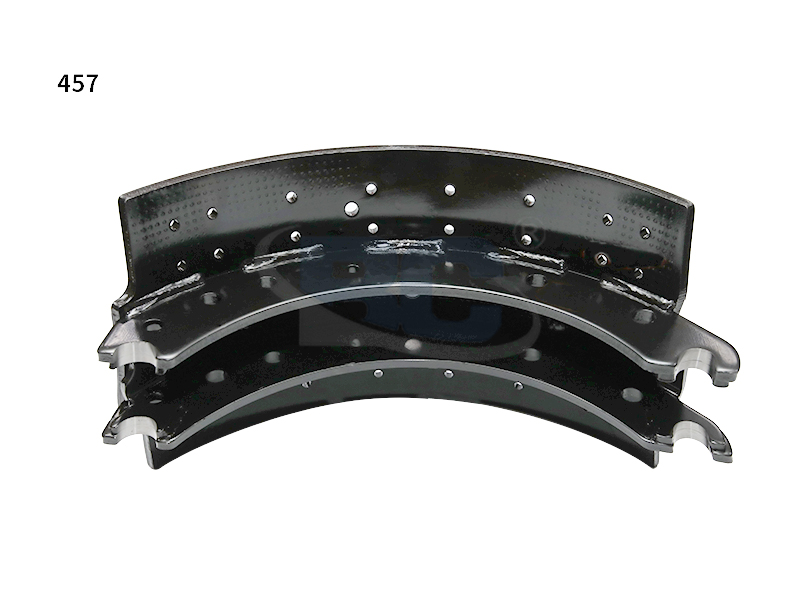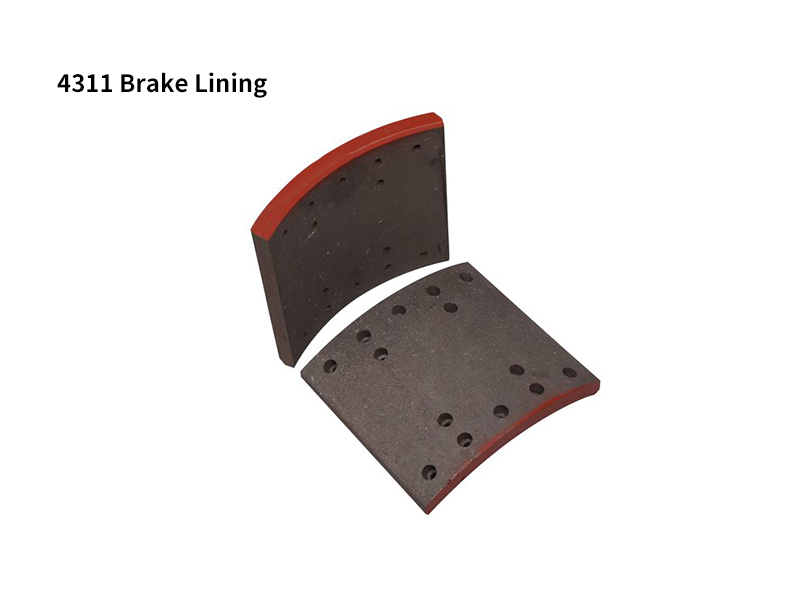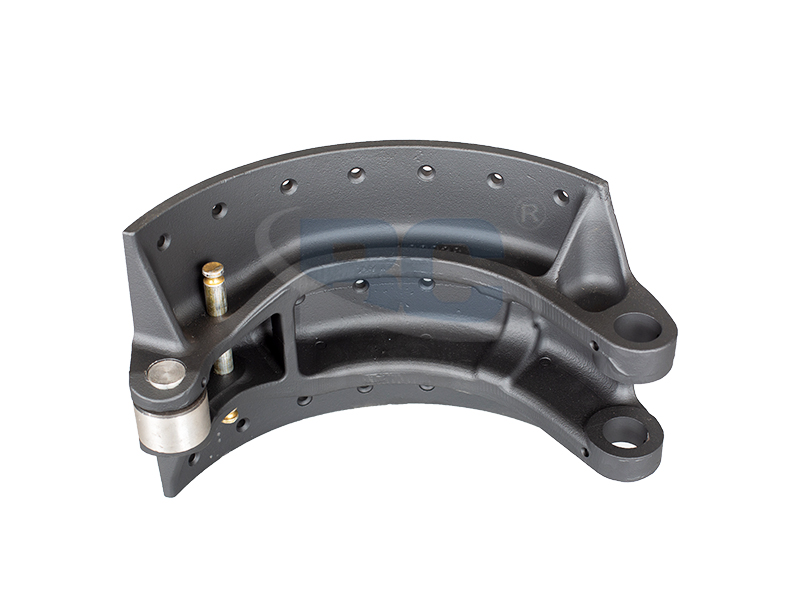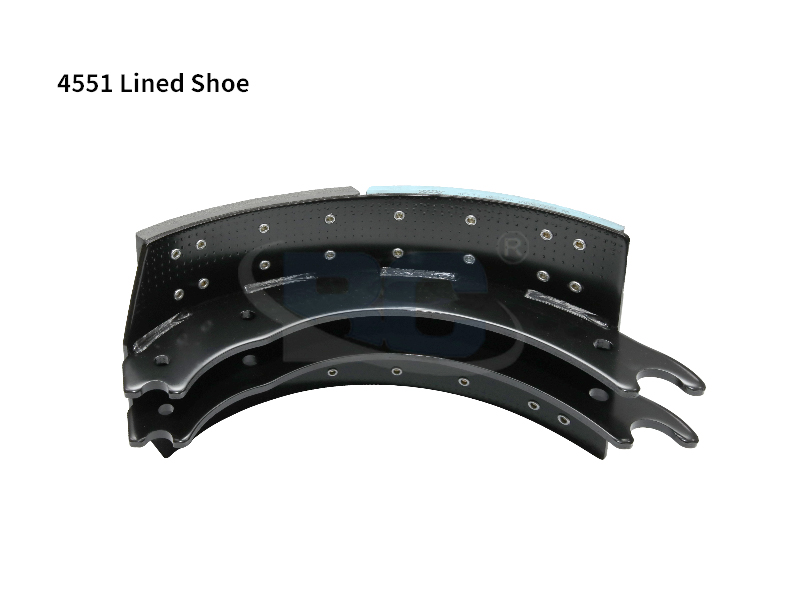Cast Brake Shoe
The present invention relates to the art and manufacturing process of a brake shoe and contemplates a novel casting brake shoe. This new process eliminates the need for machined surfaces and reduces the amount of time and cost needed to produce a brake rotor. One such method involves a cast sprue, which comprises a curved table section and at least one rib section. The curved outer surface is then cooled and shaped to the final dimension and size.
The casting process produces brake shoes with an array of perforations. These cavities allow the brake lining to be installed directly onto the brake shoe. The absence of parting lines also makes this process more efficient and reduces the time required to produce a cast brake shoe. The raised tabs and perforations on the cast surface also eliminate the need for machining the outer table section, which is critical for the manufacture of the shoe.
Another feature of a cast brake shoe is the ability to reduce the need for machining. This process allows the table section to be cast without a parting line. The brake lining is then mounted directly on the cast surface, eliminating the need for external machining. This machining procedure reduces the overall cost and production time. It is also advantageous for the automotive industry because it reduces the number of parts needed to build a brake rotor.
A cast brake shoe is made using a mold cavity in which a parting line is positioned. The mold cavity is then filled with a cast brake lining. The shoe lining is mounted directly on the cast surface, thereby eliminating the need for the outer surface of the brake shoe to be machined. This process reduces the amount of time required to complete the casting. It also reduces the cost and production time.
Another feature of a cast brake shoe is its ability to form multiple raised tabs and perforations on its surface. This is advantageous as it increases the braking performance of a brake by eliminating the need for additional frictional materials. This is possible because the tabs can be formed by abrasion. It is a common practice for a car to have a brake shoe with a raised tab.
The table section of a cast brake shoe is unfinished after casting. In a subsequent machining operation, a finished curved surface of the brake shoe must be produced. A cast brake shoe is more durable and stronger than a forged one. It is not necessary to be painted, but it can be powder coated or electronic painted. A molded brake shoe can be painted or powder coated. However, a bare metal brake shoe is a good option for the construction and agricultural industries.
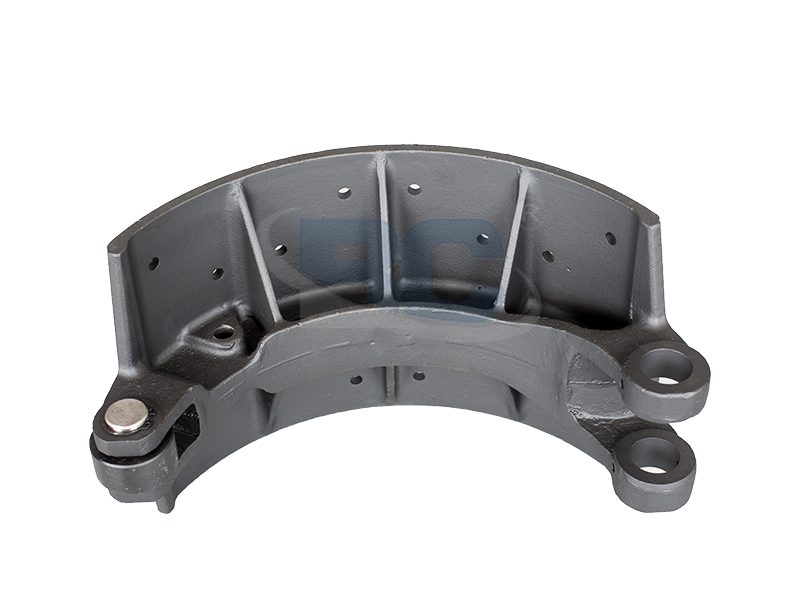

 English
English 简体中文
简体中文